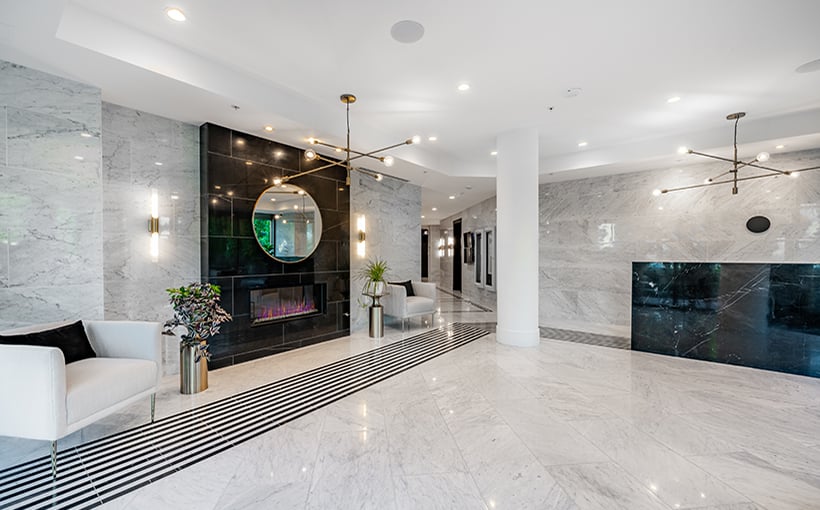The Rise of Multifamily Hotelization: Debunking Common Misconceptions
In recent years, the concept of multifamily hotelization has garnered attention, as upscale amenities and services typically associated with luxury hospitality have found their way into apartment living. But amid the excitement, several myths persist about what this trend truly entails. Let’s delve into these misconceptions and uncover the realities.
Myth #1: Multifamily Hotelization Is Just Fancy Amenities
While it’s easy to think that hotelization is merely an array of lavish amenities, this is a narrow view. Hotelization encompasses a broader spectrum, focusing not only on physical features like pools and fitness centers but also on the emotional connection residents have with their living spaces.
Key Aspects of Hotelization:
- Service Quality: Personalized and attentive service is core to the hotelization experience.
- Health and Wellness: Incorporating wellness programs and sustainable practices.
- Community Connection: Fostering environments that promote interaction and a sense of belonging.
Bob Lisauskas, Principal at RDC, underscores the importance of versatile layouts and outdoor spaces, emphasizing that these elements cater to modern lifestyle needs beyond mere aesthetics.
Myth #2: Implementing Hotelization Is Too Costly
Concerns about the expenses associated with implementing hotelization are valid but often exaggerated. While initial capital is necessary, it doesn’t have to be prohibitive.
Cost-Effective Strategies Include:
- Centralized Staffing: Streamlining staff roles for efficiency.
- Partnerships: Collaborating with service providers to reduce overhead costs.
- Technology Utilization: Leveraging tech platforms for smoother operations.
As noted by project director Peter Jones from Project Management Advisors, the long-term benefits often outweigh the initial financial outlays. Enhanced leasing speed and tenant retention can justify premium rents, creating a win-win scenario.
Myth #3: Residents Don’t Care About Added Services
Contrary to this belief, residents are actively seeking more than just a place to live; they crave experiences that enhance their everyday life.
What Residents Value:
- Community Engagement: Residents desire a sense of belonging and social interaction.
- Convenience: On-demand services can significantly improve quality of life.
- Dedicated Spaces: Amenities such as co-working areas and event spaces can be pivotal during the renting decision process.
As Patti Higgins, Senior Vice President of Parktown Living, states, these offerings transform a building into a vibrant community, making it more than just a roof over one’s head.
Myth #4: Hotelization Is a Passing Trend
The assertion that hotelization is merely a fleeting fad overlooks its foundational principles—service, convenience, and the human desire for connection.
Evolving Trends in Hotelization:
- Community Centers and Maker Spaces: These developments integrate urban living within multifamily residences, enhancing the overall experience.
- Long-Term Value: Hotelization reflects ongoing lifestyle trends, transcending temporary market fluctuations.
Higgins reinforces this notion, arguing that modern multifamily owners are increasingly designing properties with hotelization in mind from the outset, rather than retrofitting existing buildings. Creating spaces that prioritize comfort and connectedness is now essential to providing worth for the rent.
Conclusion
The landscape of multifamily living is evolving, thanks to the integration of hotelization principles. By busting these common myths, we can better appreciate how these innovative approaches enhance the residential experience. As the marketplace continues to shift, embracing hotelization is not just a luxury—it’s becoming a necessity for prospective renters and current tenants alike.
For more insights into creating desirable living spaces, visit ApartmentBuildings.com.
By understanding the real value of hotelization, we can foster communities that resonate deeply with residents, transforming apartments into true homes.


